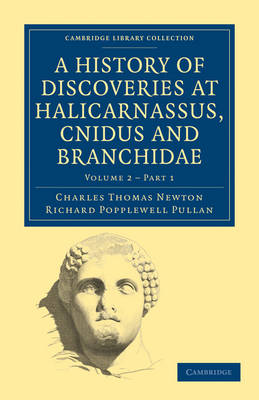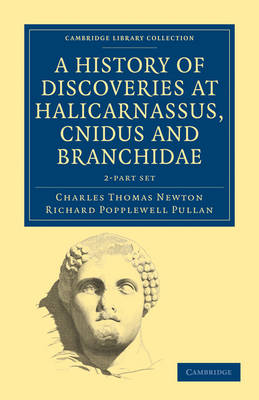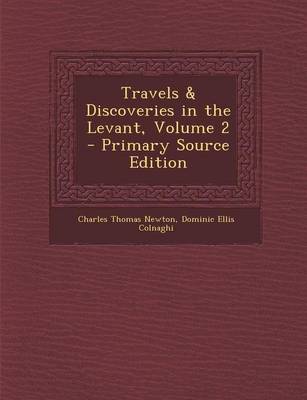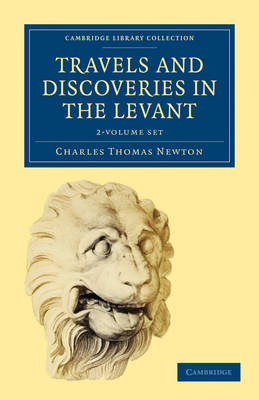Cambridge Library Collection - Archaeology
2 primary works • 8 total works
Volume 2
A History of Discoveries at Halicarnassus, Cnidus and Branchidae
by Charles Thomas Newton and Richard Popplewell Pullan
Volume 2
A History of Discoveries at Halicarnassus, Cnidus and Branchidae 2 Volume Set
by Charles Thomas Newton and Richard Popplewell Pullan
Travels & Discoveries in the Levant, Volume 2
by Charles Thomas Newton and Dominic Ellis Colnaghi
A History of Discoveries at Halicarnassus, Cnidus and Branchidae: Volume 2, Part 1
by Charles Thomas Newton and Richard Popplewell Pullan
A History of Discoveries at Halicarnassus, Cnidus and Branchidae: Volume 2, Part 2
by Charles Thomas Newton and Richard Popplewell Pullan




